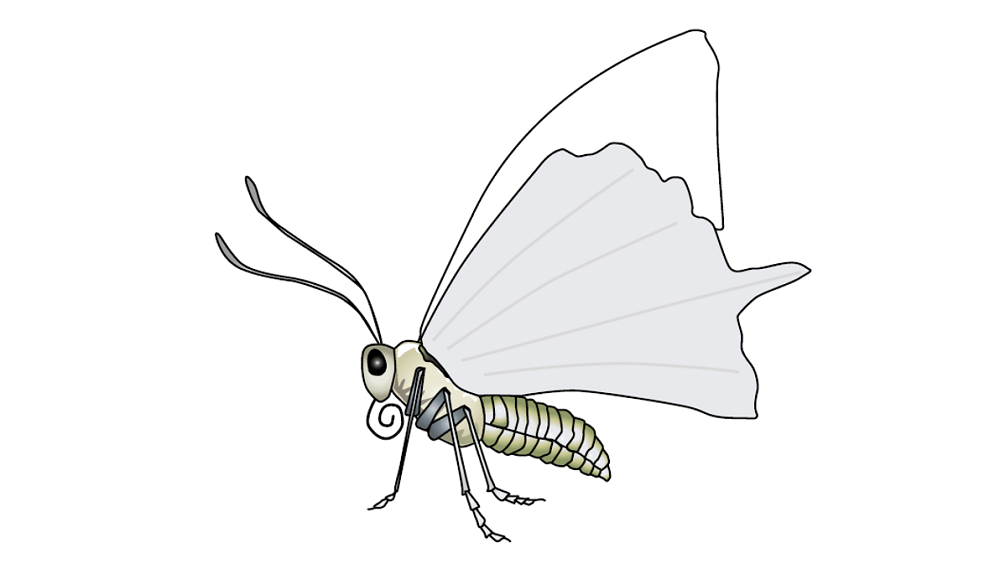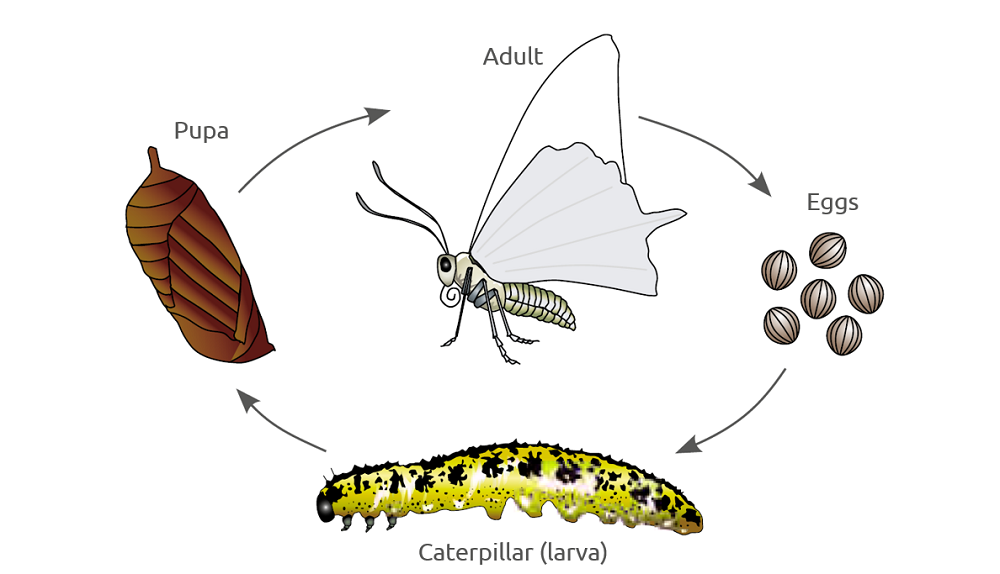- Home
- Knowledge library
- Identification and management of butterflies and moths in field crops
Identification and management of butterflies and moths in field crops
The larvae (caterpillars) of some butterflies and moths (Lepidoptera) damage crops. However, the insects are an important indicator of ecosystem health and it is important to identify which species are present.
 AHDB
AHDB
General life cycle and defining features
After hatching, each larva (caterpillar) sheds its outer skin as it grows. When fully grown, it turns into a pupa or chrysalis – a non-feeding stage. Inside the chrysalis, the larval body is broken down and reassembled in the adult form.
Butterflies and moths are distinguished from other insects primarily by the presence of scales on the external parts of the body, particularly the wings.
Caterpillars have a toughened head capsule and a soft, segmented body with three pairs of true legs and up to five pairs of abdominal prolegs.
As male and female moths usually find each other by scent, pheromone traps can be used to monitor them. For butterflies, the initial attraction is by sight.
 AHDB
AHDB
Butterflies and moths (pest species)
Minor and/or emerging pests
How to encourage natural enemies of field crop pests
Many birds eat butterflies and moths.
 Jon Oakley.JPG) Jon Oakley
Jon Oakley


 University of Warwick.JPG?v=637780277990000000)
 Mark Mallott.jpg?v=637780255390000000)
 University of Warwick.JPG?v=637780278000000000)
 Peter Thompson.JPG?v=637780278000000000)
 Paul Kitchener.JPG?v=637780278000000000)
 PGRO.JPG?v=637780278000000000)
 Peter Thompson.JPG?v=637780278000000000)
 Peter Thompson.JPG?v=637780278010000000)
 Peter Thompson.JPG?v=637780278010000000)